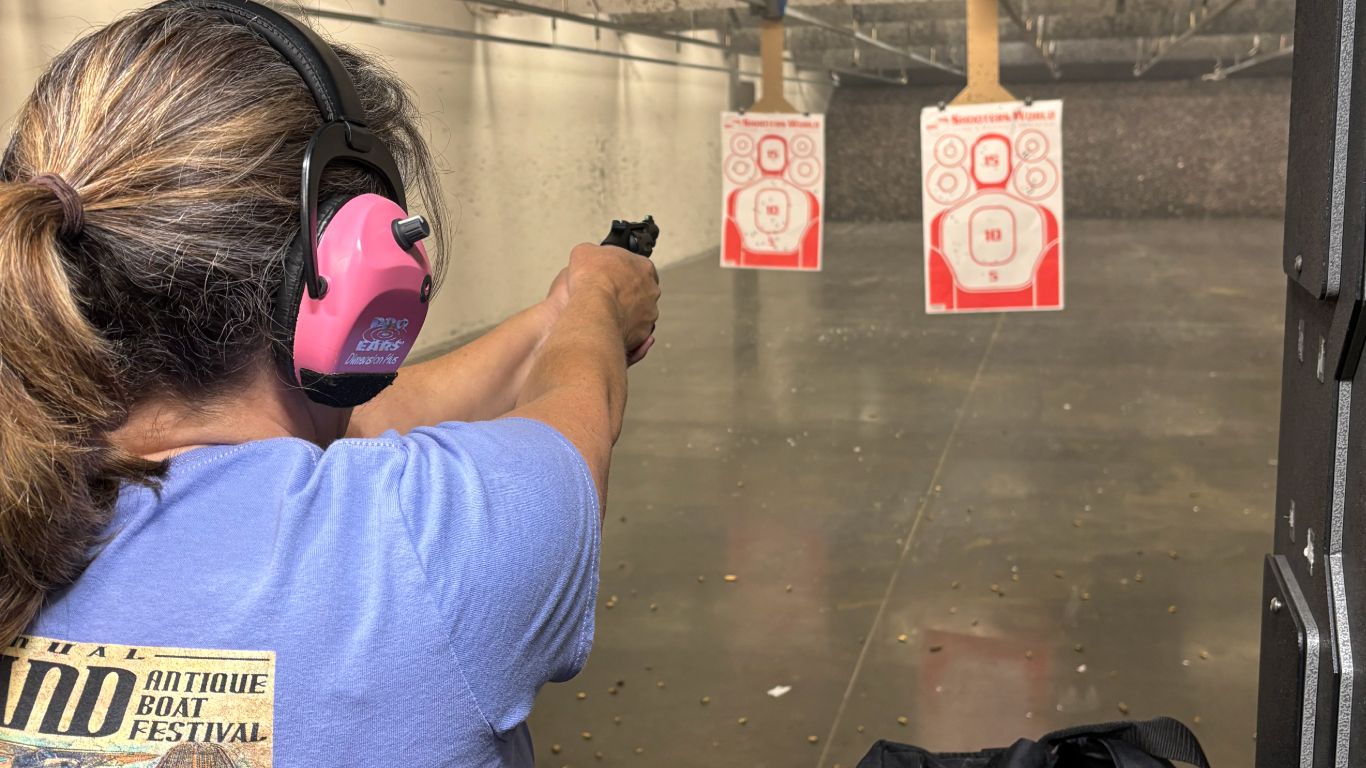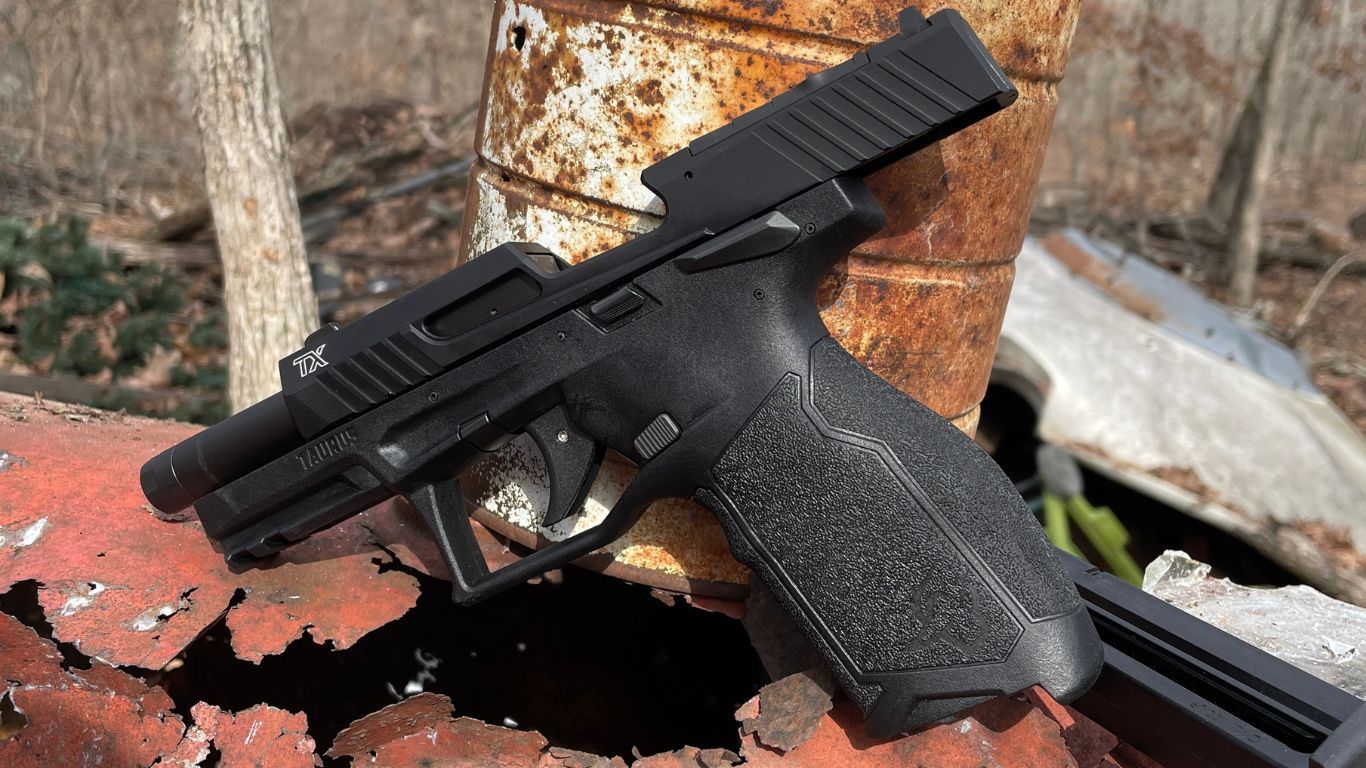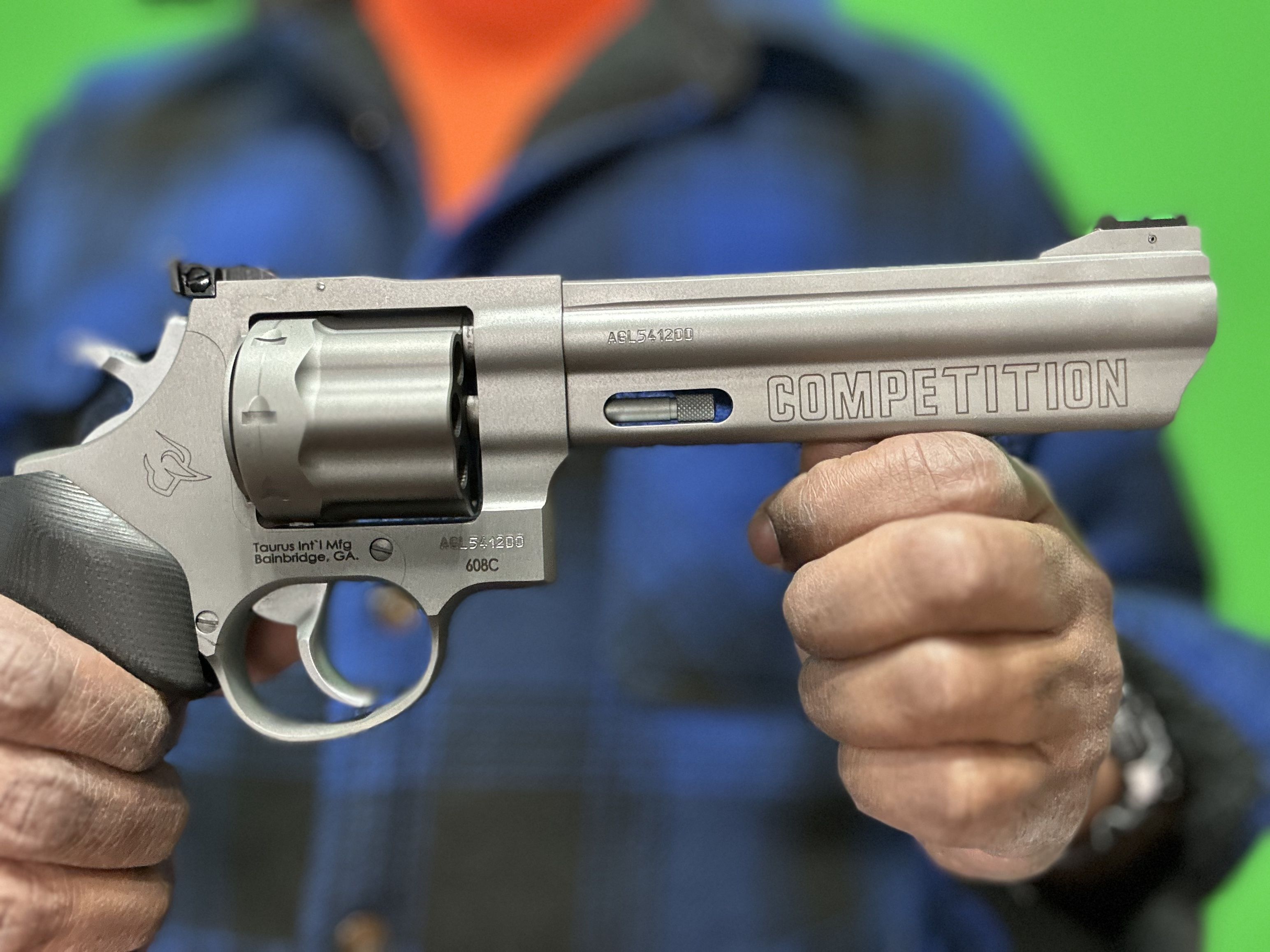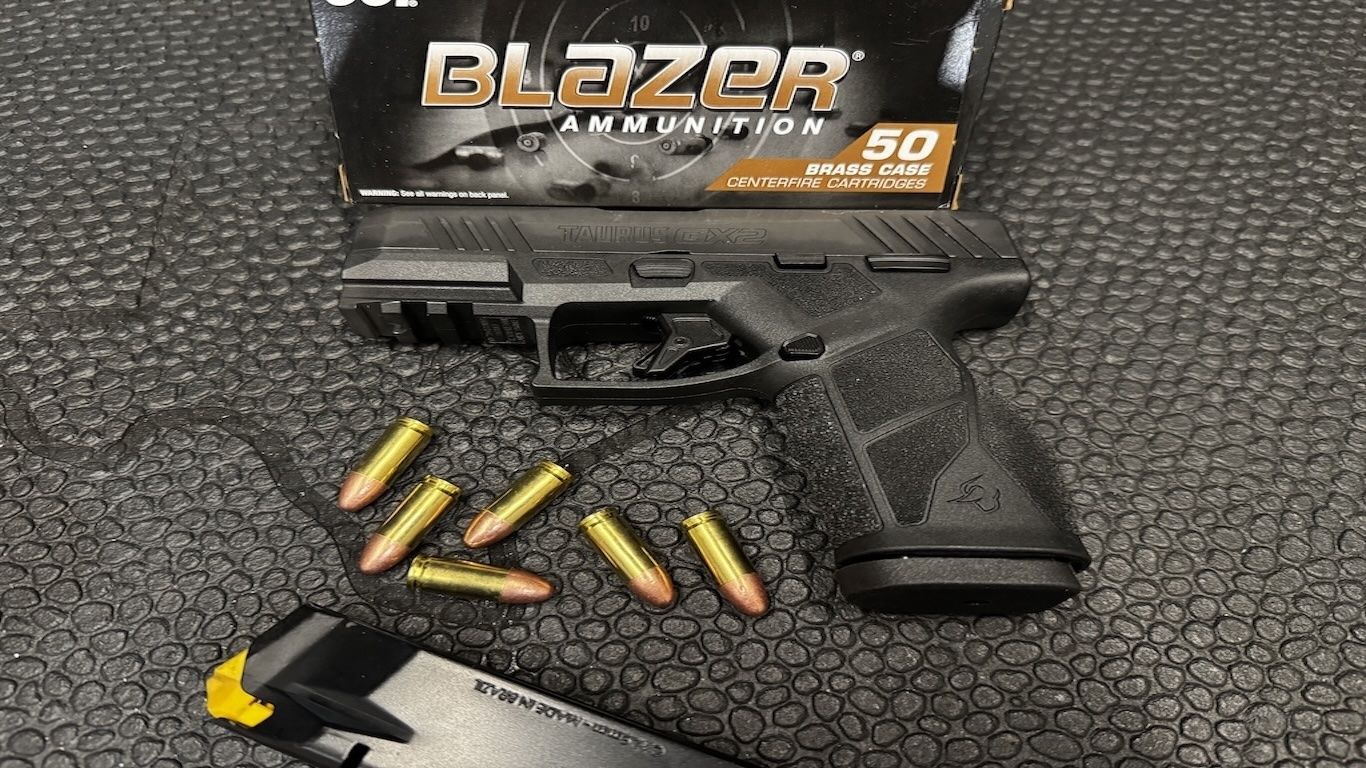by Anne Conrad
If you're new to the shooting range, it can feel overwhelming at first. Remembering some key tips can help make your experience more comfortable for you and others. If you are new to shooting, consider getting help from an experienced friend, hiring an instructor, or taking a class to build your confidence and skills.
Choosing Your Range
When choosing where to practice your shooting skills, there are many options and doing your homework before you go is important. Get recommendations from friends for some safe environments and read the website of the places you are interested or call ahead with questions.
Indoor Ranges
- Typically, more formal, intimate and structured.
- Equipped with target carriers for adjustable distances.
- Climate controlled.
- Indoor ranges are also louder, so good hearing protection is essential.
- Often have a retail area for purchasing necessary items.
Outdoor Ranges
- More laid-back atmosphere.
- Not climate controlled, so be mindful of the weather.
Each range may have different rules regarding the types of firearms and ammunition allowed. For example, most indoor ranges will not allow high-powered rifles or muzzleloaders.
What to Bring
Have a range bag stocked with essentials including:
- Hearing and eye protection.
- Plenty of ammunition.
- A small tool kit and simple first aid kit.
For indoor ranges, using high-quality hearing protection is crucial. The sound is amplified and using the best hearing protection you can, will go a long way to an enjoyable visit. Electronic noise-canceling earmuffs are recommended as they allow you to hear conversations and range instructions while canceling out gunshots. Ensure your equipment is sturdy, secure and in good condition. Keep your firearm unloaded and secured in a case.
Renting a Firearm
If renting a firearm at the range, the staff will guide you through the safety procedures. In most cases, range officers or staff members will assist you in transporting the firearm to and from the shooting line. Renting a firearm at the range is a great way to try out new guns before purchase one. You can also buy targets at the range for a nominal fee. If unsure which to get, ask the check-in staff for recommendations.
When you Arrive
Upon arrival, you will be asked to sign a waiver and may need to watch a safety video or receive a briefing from a range officer on the range rules. Even experienced shooters must do this at a new range. If you are new to shooting it is a good idea to let range staff know, especially the range officer. They are there to answer your questions.
Safe Firearm Loading and Unloading
After the briefing you will put your eye and ear protection on and be shown your shooting lane or firing line. Be mindful of other shooters and your surroundings. Organize your equipment neatly, always keeping your firearm under control and pointed downrange. If you are unsure how to set up your target, ask for help.
Basic Gun Safety Rules
- Treat every firearm as if it were loaded
- Always keep the muzzle of the firearm pointed in a safe direction (downrange) and never point your gun at anything you do not intend to shoot.
- Keep your finger off the trigger and outside the trigger guard unless you intend to fire the firearm.
- Always be sure of your target and what is beyond it.
The Range Safety Officer (RSO)
The RSO ensures the range is safe for everyone. It is very important to listen for commands and suggestions from them, especially when they call for a cease-fire or when it’s ok to start shooting again. If you see someone being unsafe, notify the RSO immediately. The RSO is there to answer your questions or assist you if you are having trouble with your equipment or something on the range, but not to provide personal lessons. Respect their role and follow their instructions.
Cease-Fire Procedures
A cease-fire can be called for a variety of reasons such at target maintenance, or equipment checks. When the RSO calls for a cease-fire, every shooter on the line must immediately stop shooting, unload their firearm, open the cylinder or lock the slide of their gun open, place it on the bench and step behind the line of fire. Do not return to the line or to touch your firearm at any time until the call to commence firing is given. During the cease-fire you may meet your neighbors or relax for a few minutes.
Finishing Your Session
When you have finished shooting, make sure your firearm is empty, and safely stored in its case. Dispose of any trash or ammo boxes and pick up or sweep the brass from the bench and floor around you.
Following these procedures and practicing safe shooting habits, while being polite to range staff, will enhance your experience and that of those around you.




















